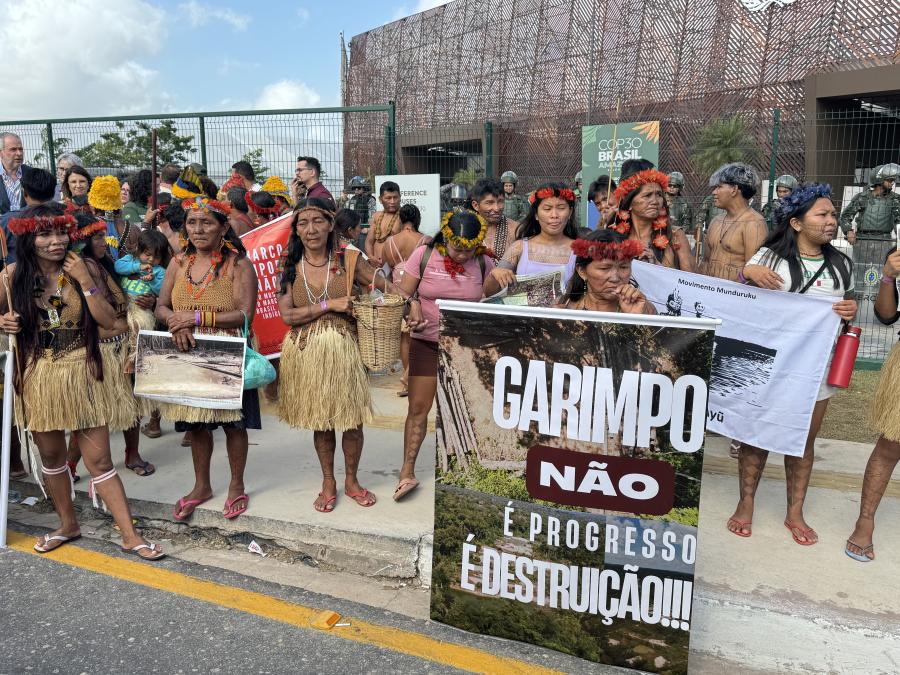
On Thursday October 18, the President of Brazil’s Federal Supreme Court (STF), Minister Carlos Ayres Britto, overruled the decision to suspend the removal of illegal occupants from theXavante Territory of Marawãitsede. Tserewamriwe, a leader from Marawãitsede, applauded the decision and stated, “Because of our struggle, the [court] decided in our favor. Now we want to recuperate all that was lost: our roots, our trees and animals. We will plant our gardens to nourish our families.”
Since 1998, when the Brazilian state definitively recognized Xavante’s legal right to the Marawãitsede Indigenous Territory, Xavante have been engaged in a continuous fight for this land. Xavante have not been able to fully recoup and occupy this territory. They have been prevended by land grabbers who aggressively intruded into the area, deforested large tracts and established infrastructure, such as roads, fences, and settlements, including a town known as Posto da Mata. Legal suits filed by powerful interests have obstructed justice by tying up the case in the courts for years.
Beginning in the 1950s, non-Indians began to occupy Marawãitsede and, in 1966, Xavante inhabitants were forcibly removed in Brazilian Airforce planes. They were relocated some 400 km. distance to a Saliesian Mission. Soon after their arrival approximately 150 Xavante perished in a devastating measles epidemic.
In the 1980s the area was sold to AGIP, the Italian oil company and Latin America's largest land-holder at the time. Under pressure, AGIP announced its support for the return of this land to the Xavante at the 1992 Rio Earth Summit. The area was officially demarcated in 1995 and in 1998 a Presidential Decree definitively returned this land to Xavante.
Immediately after AGIP’s departure land grabbers invaded the area and armed gunmen prevented Xavante from occupying it. The illegal intruders threatened violence against any Xavante who attempted to set foot into Marawãitsede. Nearly a decade after the demarcation, a group finally took the step to return to the area. They were held off at gunpoint and, for an entire year, camped in miserable conditions along the side of the road adjacent to their territory. Three babies died.
Xavante occupy just 20 of the territory's total 185 hectares. Most of the area is occupied by illegal intruders. The Supreme Court’s October ruling to proceed with the removal of non-indigenous occupants sends a clear signal that the state recognizes Xavante’s right to this land.



